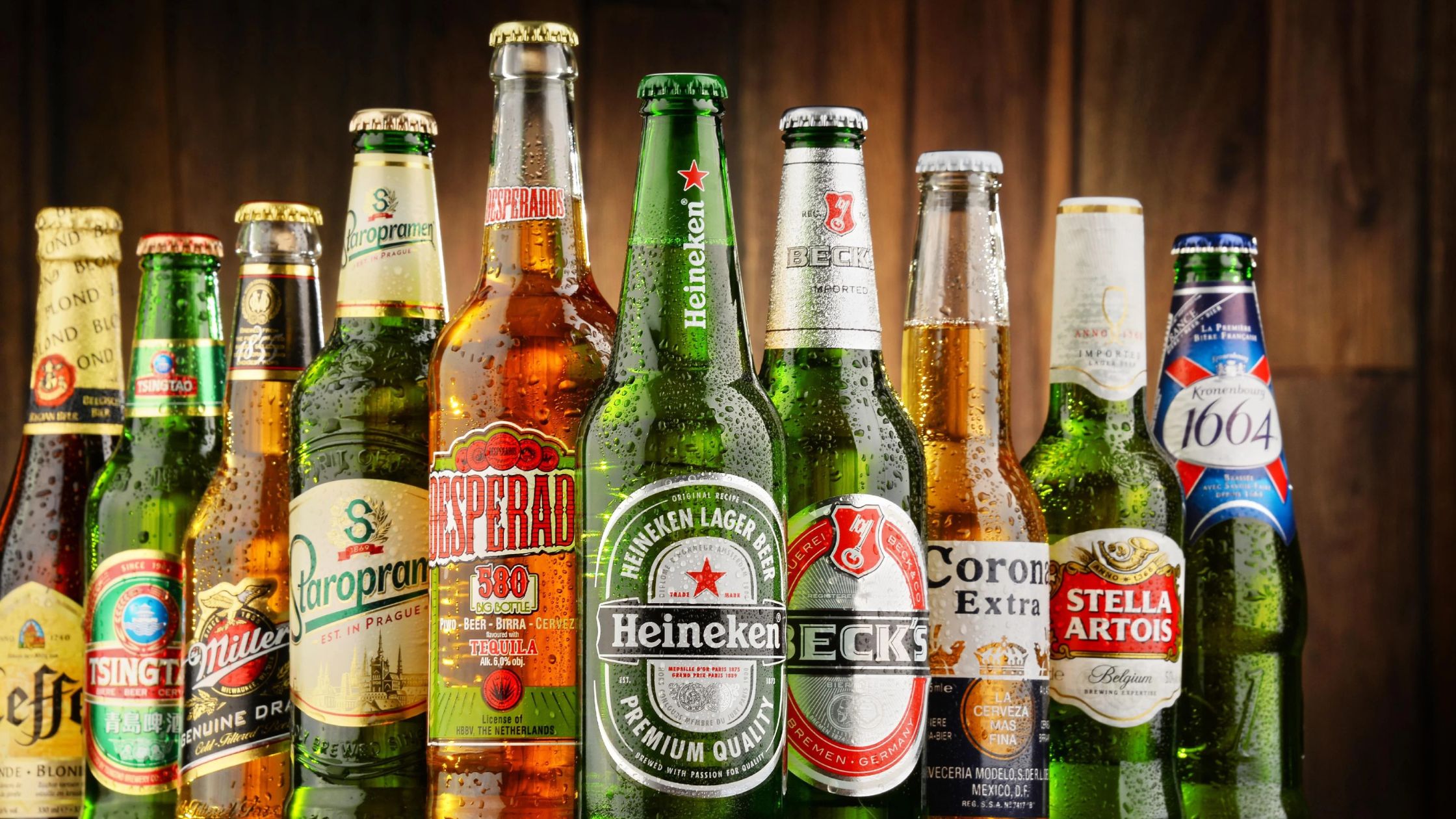History of Whisky: From Monastic Roots to Global Fame
2025-06-03


Beer is a beloved beverage with countless varieties, each offering distinct flavors and experiences. No matter whether you're sipping a crisp lager or savoring a robust stout, one key factor in every beer is the Alcohol By Volume (ABV). This simple percentage not only tells you how strong a beer is but also impacts its taste, mouthfeel, and how you should enjoy it responsibly.
Let’s explore the concept of ABV, why it matters, and how understanding it can enhance your beer experience.
ABV, or Alcohol By Volume, is the percentage of alcohol in a beverage relative to its total volume. For example, a beer with a 5% ABV contains 5% pure alcohol for every 100 ml of liquid. This standardized measure makes it easier to compare the alcohol content across different drinks.
Although ABV is a simple figure, it has a big influence on your beer’s overall profile, from its flavor complexity to how you manage your drinking pace. Let’s take a closer look at how ABV impacts your experience.
ABV is calculated during fermentation, the process in which yeast turns sugars from malted grains into alcohol and carbon dioxide. Brewers measure the beer’s original gravity (OG), which is the density before fermentation, and its final gravity (FG), which is the density after fermentation. Using these figures, they can calculate the ABV.
If you're homebrewing, this knowledge is essential for adjusting your recipes and achieving the alcohol content that best fits the beer style you’re aiming for.
ABV is much more than a measure of strength. Here’s why it’s important:
By knowing the ABV, you can better select a beer that fits your preferences and the occasion.
Different styles of beer generally have a typical ABV range. Here’s a quick guide:
Certain beers, such as Eisbocks, can surpass the 15% ABV mark, while non-alcoholic beers like O'Doul's can be as low as 0.5% ABV.
ABV is a form of Volume By Volume (V/V) percentage, a term that measures the amount of alcohol relative to the total volume of liquid. While ABV is the most common method used to quantify alcohol, terms like “proof” (often used for spirits) and “Alcohol By Weight” (ABW) may also be encountered in some cases.
For example, a beer with 3.2% ABW is roughly equivalent to 4% ABV. However, ABV is usually the standard, and if a label doesn’t specify, it’s safe to assume it refers to ABV.
In some regions, especially those with specific alcohol laws, “high-point beer” refers to beers that exceed a certain ABV threshold (usually 4%). The terminology is mostly used in contexts where beers with lower ABV can be sold in grocery stores, while those with higher alcohol content are sold in liquor stores.
If you want to know how much alcohol you’re drinking, here’s a simple way to calculate it:
Formula:
Alcohol Content = (Volume of Drink) x (ABV) ÷ 100
For example, a 12-ounce beer with a 5% ABV would contain:
Alcohol Content = (12 x 5) ÷ 100 = 0.6 ounces of pure alcohol
This can help you compare different beers and make informed decisions about your consumption.
For homebrewers, understanding ABV goes beyond just theory—it's essential for crafting the perfect brew. By monitoring fermentation and adjusting ingredients, brewers can control the alcohol content and ensure their beer tastes just the way they want.
Knowing the ABV of a beer can significantly enhance your enjoyment. It influences not only the strength of your drink but also its flavor and complexity. Understanding how ABV works allows you to make better choices, whether you’re picking a beer for an evening with friends or selecting the right brew for a special occasion. So next time you grab a beer, take a moment to check the ABV—it’s more than just a number; it’s a guide to a better beer experience. Cheers!
Read : Beer Cocktails: Perfect for Chilly Nights